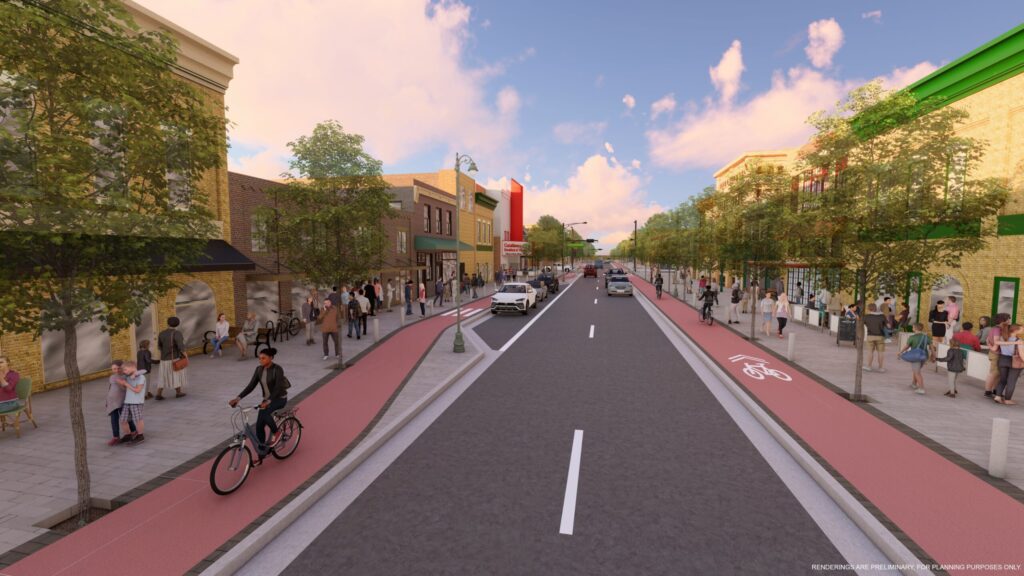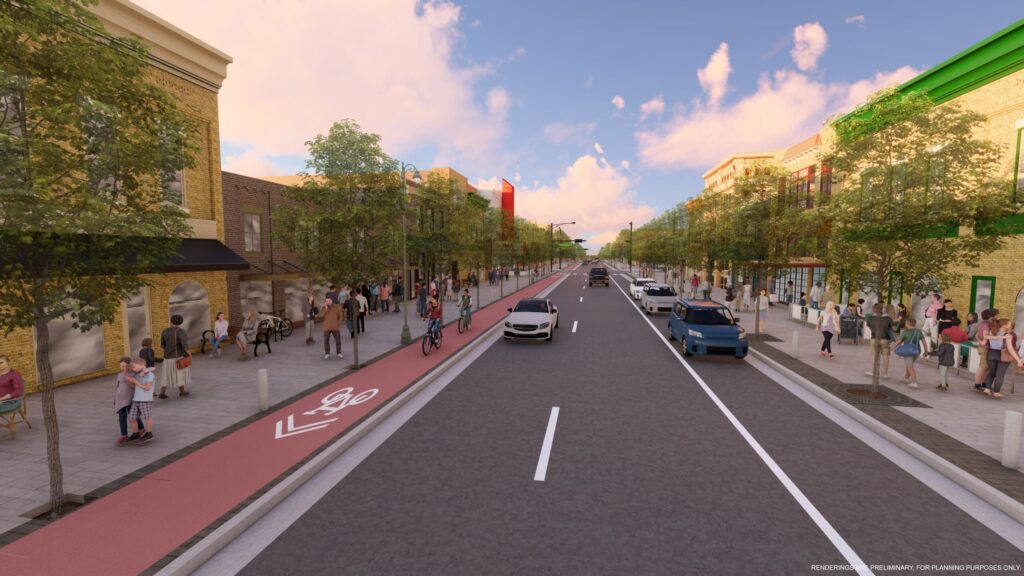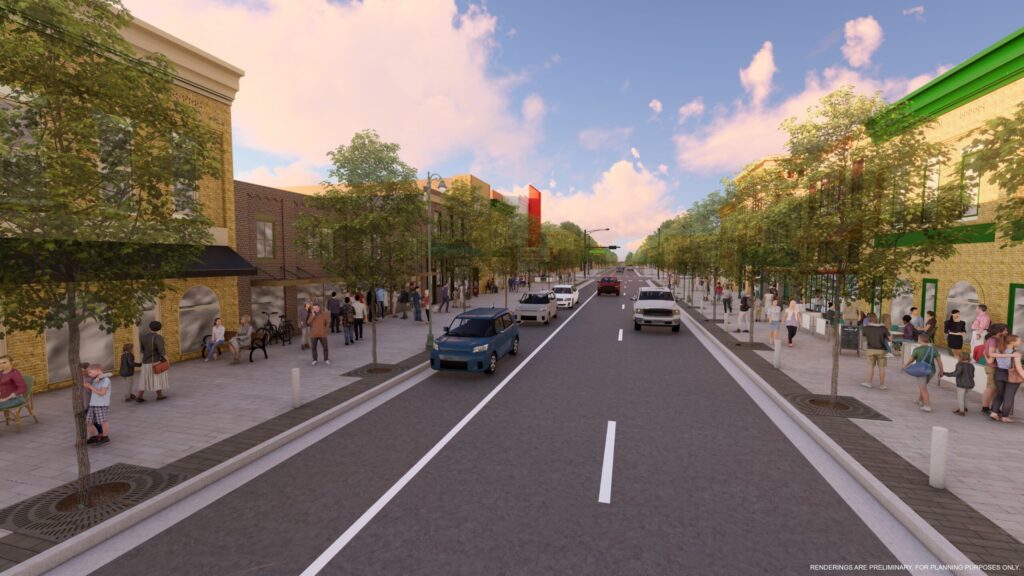Sixth Street is one of Austin’s most iconic corridors—a stretch that embodies the city’s history, culture, and nightlife. But in recent years, this legendary entertainment district has faced new challenges: vacant storefronts, safety concerns, and an identity that feels caught between past and future.
Now, the City of Austin is asking for public input to help shape a new vision for Sixth Street. The Sixth Street Mobility and Revitalization Project aims to reimagine the corridor between Congress Avenue and I-35 with infrastructure improvements that prioritize safety, walkability, and long-term vitality.
The City is currently conducting a preliminary engineering study to evaluate underground utilities, right-of-way constraints, and future design opportunities. As part of this process, three alternatives have been developed, each with different approaches to pedestrian space, bike and scooter access, and vehicle loading zones.
The goal? To ensure Sixth Street continues to thrive as a cultural landmark while serving the needs of Austin residents, businesses, and visitors.
The Three Alternatives
Alternative 1: Balanced Access with Bike Lanes on Both Sides

This concept introduces bicycle and scooter lanes on both sides of Sixth Street, along with curb insets on one side for vehicle access such as ride-hailing drop-offs, deliveries, and loading. By creating a predictable, designated space for cyclists and scooters, this alternative promotes safe multimodal access while still accommodating vehicles. Expanding mobility choices could also encourage more Austinites to experience Sixth Street without relying solely on cars, helping the district feel more connected to surrounding neighborhoods.
Alternative 2: Single-Side Bike Lane

Under this design, Sixth Street would include a westbound bike and scooter lane on only one side of the street, paired with curb access for vehicles on the other side (for parking and/or loading). While this option makes some room for active transportation, it lacks the balance and safety of dedicated lanes on both sides. Presuming the street will remain one-way for vehicle traffic, cyclists traveling eastbound would need to take 5th or 7th Streets.
Alternative 3: No Bike Lanes

This alternative eliminates bike and scooter lanes altogether, leaving only curb access for vehicles on one side of the street. The remaining space would be dedicated to pedestrians and cafe/seating uses. While it may simplify design, it does little to expand mobility choices or make the street safer for cyclists and scooter riders. In a city where micromobility is growing rapidly, excluding these modes could limit the vibrancy and accessibility of the corridor for all users.
How to Share Your Input
The City of Austin is inviting residents, businesses, and stakeholders to weigh in on the three alternatives through a public survey. Feedback will help guide the preliminary engineering study, expected to wrap up by the end of 2025. Design work is scheduled to begin in 2026, with construction anticipated as early as 2027.
What do you think? Take the survey with the link below:
